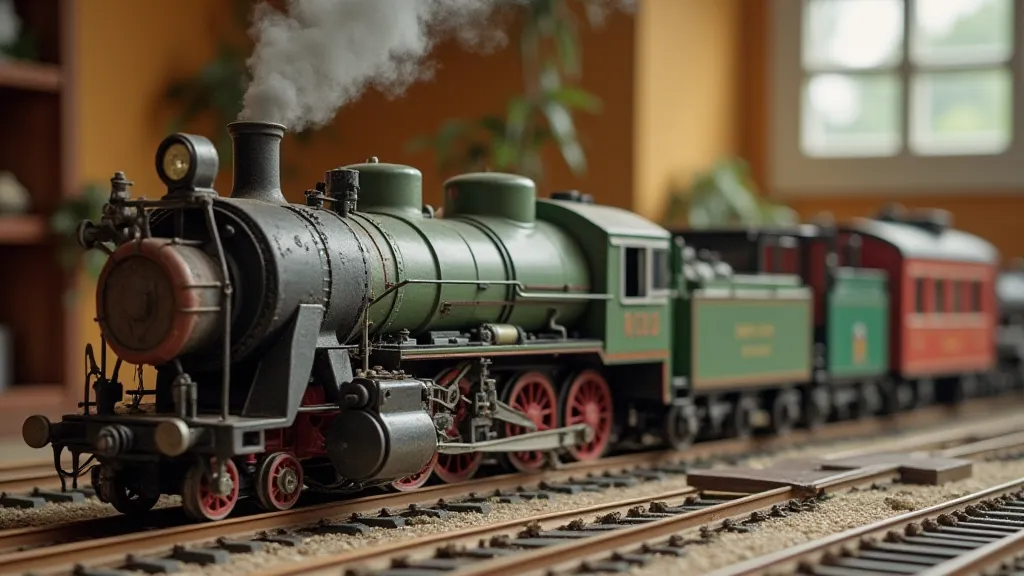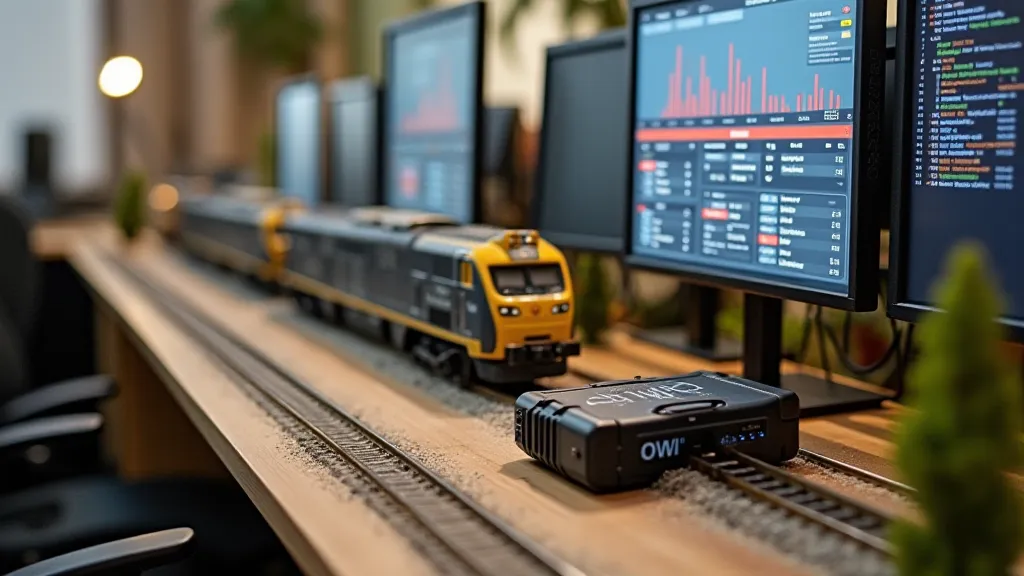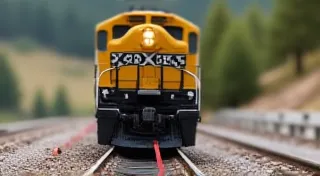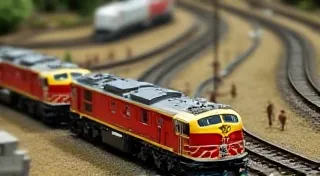DCC vs. Conventional Control: Which System is Right for You?
For many newcomers to the model railroading hobby, the choice between Digital Command Control (DCC) and conventional DC control can be confusing. Both systems allow you to power and operate your miniature trains, but they achieve this in vastly different ways. This article will break down the core differences, explore the complexities of each, and consider the costs involved to help you decide which system is the best fit for your railroad layout.
Understanding Conventional DC Control
Conventional DC control, also known as analog control, is the original method for operating model trains. It's the simplest approach, relying on direct current (DC) voltage applied to the track. The speed of a train is controlled by adjusting the voltage applied. Generally, higher voltage means faster speed, and lower voltage means slower speed. You typically use a transformer and a speed control knob to achieve this.

Pros of Conventional Control:
- Simplicity: The system is easy to understand and set up.
- Low Initial Cost: Basic equipment is relatively inexpensive.
- Easy Troubleshooting: Problems are often straightforward to identify and resolve.
Cons of Conventional Control:
- Limited Control: Each locomotive requires its own separate power supply and speed control. Running multiple locomotives on the same track segment can lead to collisions.
- No Individual Addressing: All locomotives on a section of track respond to the speed control, meaning you can't control them individually.
- Less Realistic Sounds: Sound-equipped locomotives are less common and often have limited sound capabilities.
Exploring Digital Command Control (DCC)
Digital Command Control (DCC) is a more advanced system that digitally controls individual locomotives. Instead of applying a continuous DC voltage, DCC transmits digital signals along the track. These signals contain instructions for each locomotive, including speed, direction, and sound effects. A DCC system consists of a Command Station (which generates the digital signals), a booster (to amplify the signal across a larger layout), and decoders installed in each locomotive.

Pros of DCC:
- Individual Locomotive Control: Each locomotive can be controlled independently, allowing for realistic operation and avoiding collisions.
- Addressability: Each locomotive is assigned a unique address, allowing for precise control and programming.
- Realistic Sound: DCC systems support sophisticated sound decoders that can reproduce realistic locomotive sounds.
- Advanced Features: DCC offers features like realistic acceleration and deceleration, multiple unit operation, and track occupancy detection.
Cons of DCC:
- Higher Initial Cost: DCC systems are more expensive than conventional DC systems, especially when factoring in decoders for each locomotive.
- Greater Complexity: Setting up and programming a DCC system can be more challenging, requiring some technical knowledge.
- Potential for Interference: Digital signals can be susceptible to interference from other electronic devices.
Cost Comparison
While a basic conventional DC setup can be acquired for under $100, a complete DCC system, including a Command Station, booster, and decoders for even a small number of locomotives, can easily cost several hundred dollars or more. However, consider that DCC eliminates the need for multiple power packs and blocks of track, potentially saving space and simplifying wiring in the long run.

Which System is Right for You?
The best choice depends on your budget, experience level, and aspirations for your model railroad.
- Beginners on a Budget: Conventional DC control is a good starting point. It's easy to learn and inexpensive.
- Serious Hobbyists: DCC offers unparalleled control, realism, and features for those seeking a more advanced and immersive experience.
- Expanding Layouts: As your layout grows, DCC becomes increasingly advantageous due to its flexibility and ease of management.
Ultimately, both systems offer a rewarding experience in the wonderful world of miniature railroading. Researching further and potentially visiting a local hobby shop to see both systems in action is a great way to make an informed decision.





